General

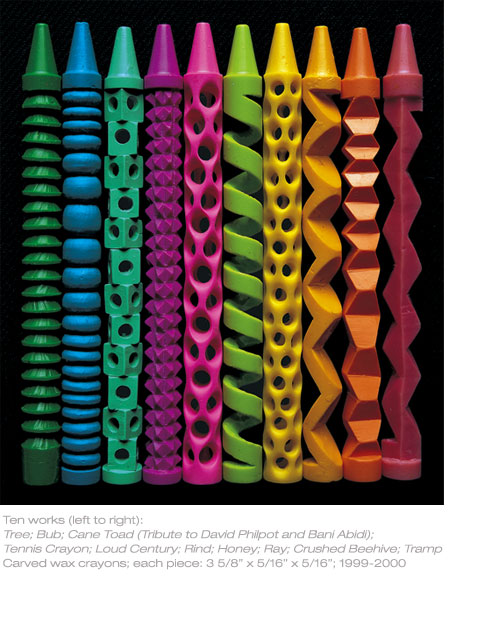
WELCOME TO INTRODUCTORY ART AT MPHS!


WELCOME TO INTRODUCTORY ART AT MPHS!
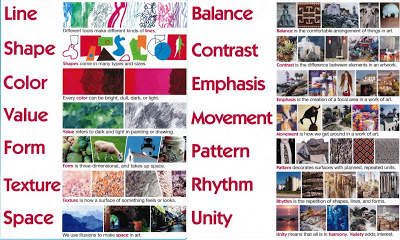
This week we'll be studying the Elements & Principles of Design. These are the basic building blocks of art. Advanced artists use the E & P of Design to create all GOOD works of art & design.
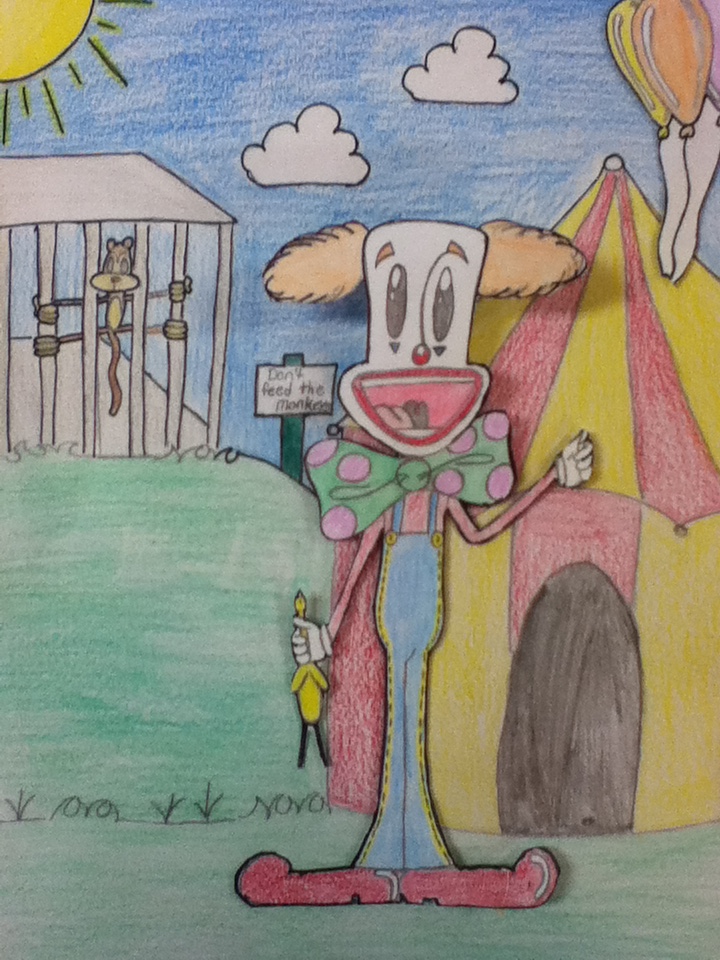
Our cartooning unit is a fun process that starts with creating cartoon faces and takes us through the process of creating a background 'cell' and finishing up the project using MovieMaker to animate our newly completed cartoon!

This week we'll get to use clay to create a functional work of art - a clay rattle! We'll explore additive and subtractive design and learn the proceses involved in creating with clay, firing, glazing and finishing our clay pieces.
This week we'll study the art of collage and Romare Bearden; a premiere collage artist.
-Collage is mixed media art - it can use many materials but usually consists of cut papers, fabrics, and found materials.
http://en.wikipedia.org/wiki/Romare_Bearden
This week students will choose a visual artist who inspires them. Artists can be of any genre, time period, etc., the only restriction being that they must choose a visual artist. Student artists will create a parody of the original art work starting with a pencil drawing and finishing with prismacolor (colored pencil) or sharpies.
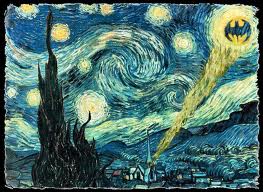
Classroom resources are extensive; magazines are available on almost any artist & other information is accessible if the desired artist is not among the art library we currently have in the art room.
This week we'll be studying Alexander Calder, the inventor of the mobile and father of modern sculpture.
We'll be creating our own mobiles or kinetic sculpures (sculptures with implied or literal movement) from found objects.
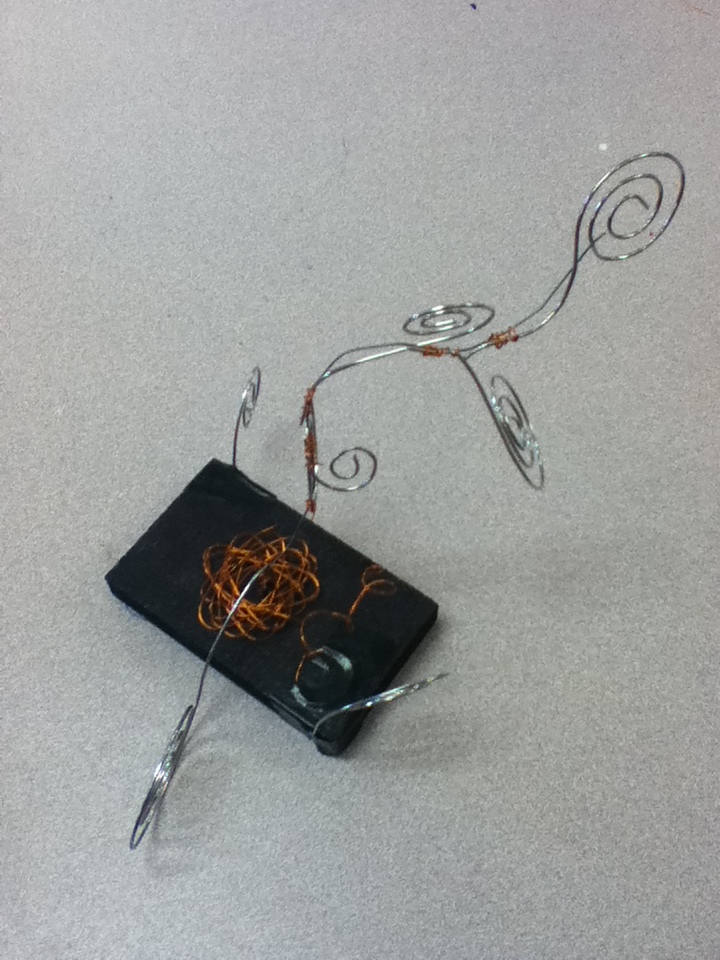
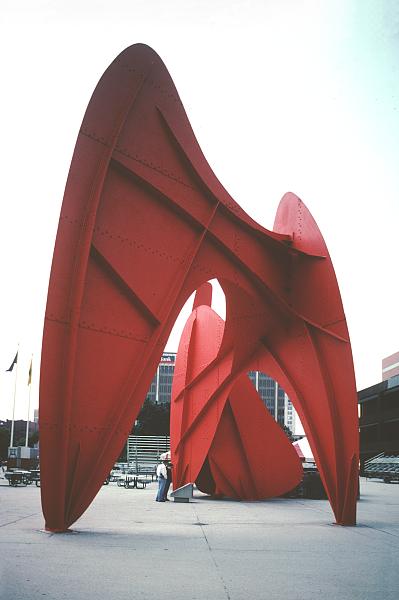
Student Work Calder sculpture in Grand Rapids
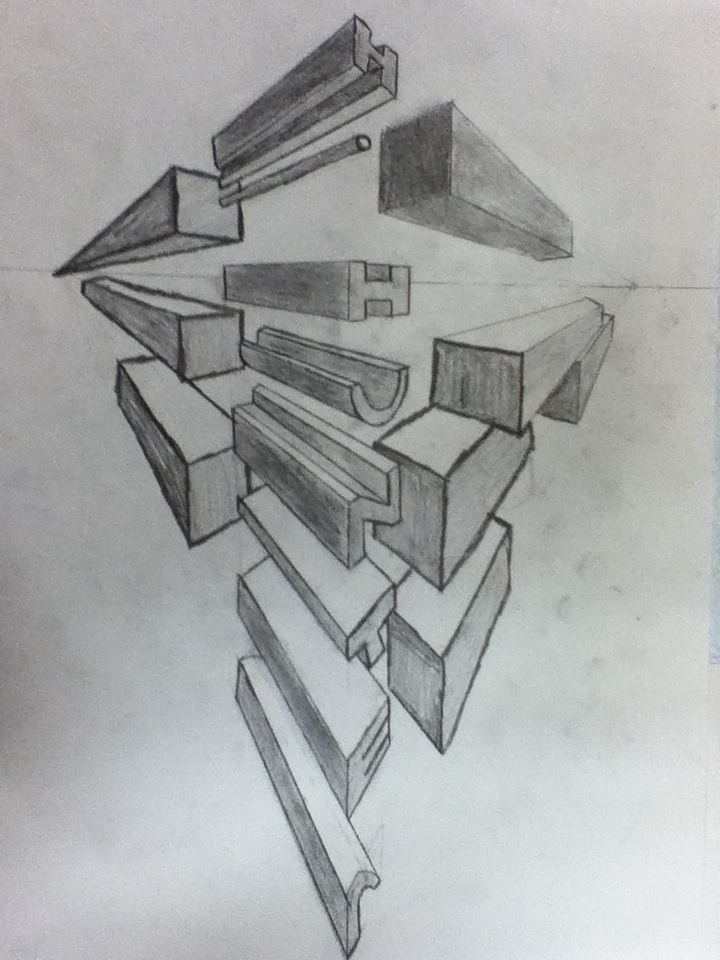
In this unit we'll practice drawing 1, 2, & 3 point perspective. We'll do sketchbook work for practice & then create a final drawing on 12 x 18 paper with several options (2 point options: a landscape, city scape, letter scrape or 3point option: skycrapers) in color or shaded with pencil.
This week we'll be studying artists such at VanGogh and looking at his many self-portraits. We will also create self-portraits using proportional scales that make drawing easier & much more accurate. We will draw from life & from photograph.

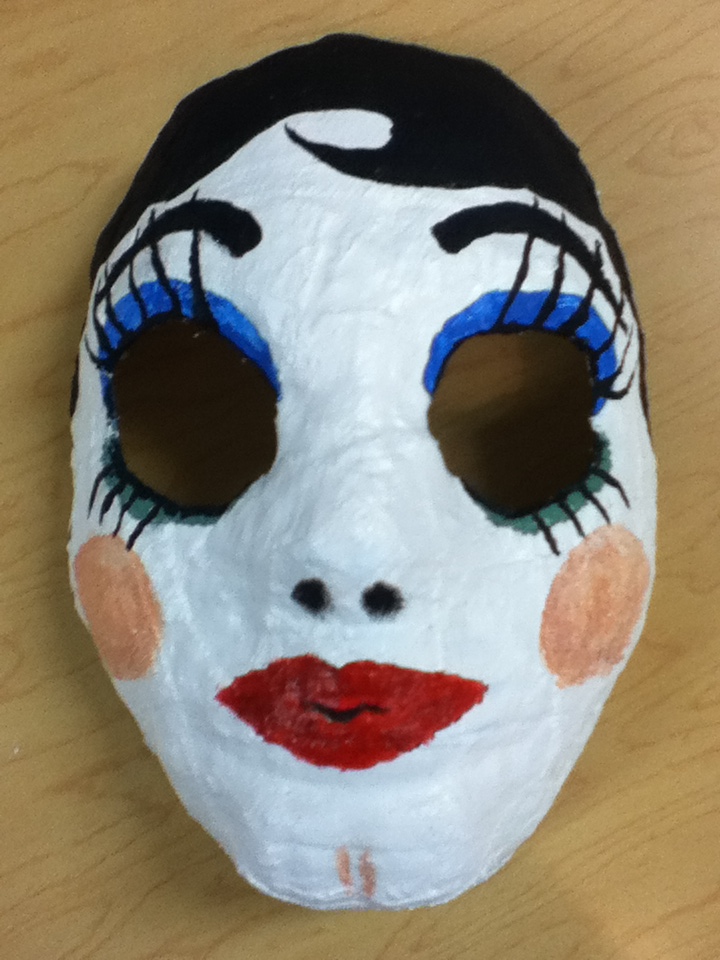
Further using our knowlege of facial proportions, we'll explore mask making to create a one-of-a-kind mask made from plaster. We'll talk about 2-D versus 3-D and surface applications including how to apply and use acrylic paints.
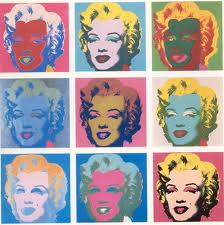
Andy Warhol was one of the artists who helped define the genre of 'Pop' art. He used popular images and icons to create works of art that were both campy and fun. He was great at self-promotion, was quirky and highly influential to the art community. We'll create a work of 'pop art,' that explores color theory as well as watercolor and transfer techniques.

We'll apply the concepts of contrast concerning positive and negative space as it relates to compostion. We'll discuss a brief history of printmaking, explore terms and explore how to design, transfer our design to our print block and create the finished print and print signature.
The final week of art is reserved for creating your final work of art - a free choice piece - that exemplies your best work. It should repeat use of a media (sculpture, painting, drawing) but not in exactly the same way as last time. It should be your best work to date and show improvement over the last time you used that media.
In addition your study guide consists of the notes in your sketchbook - including notes on the Elements & Principals of Design, Ceramics terms, color schemes, and any other notes in your sketchbook. If you were absent be sure to get the notes from another student in class OR here on Moodle.